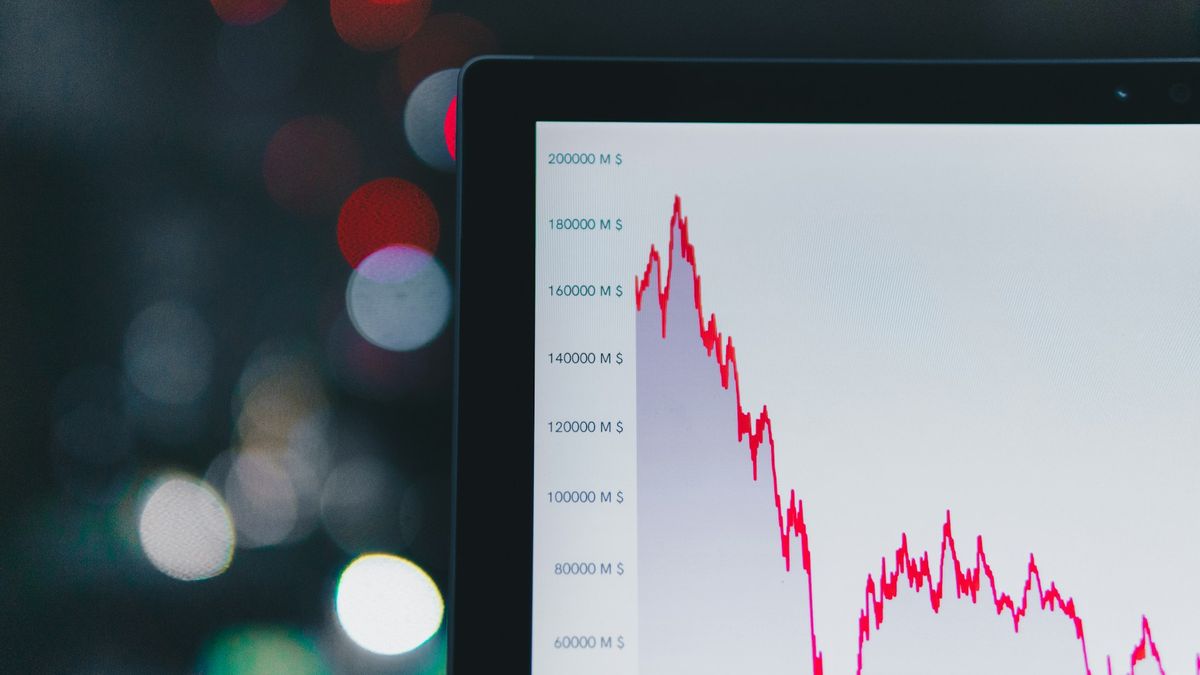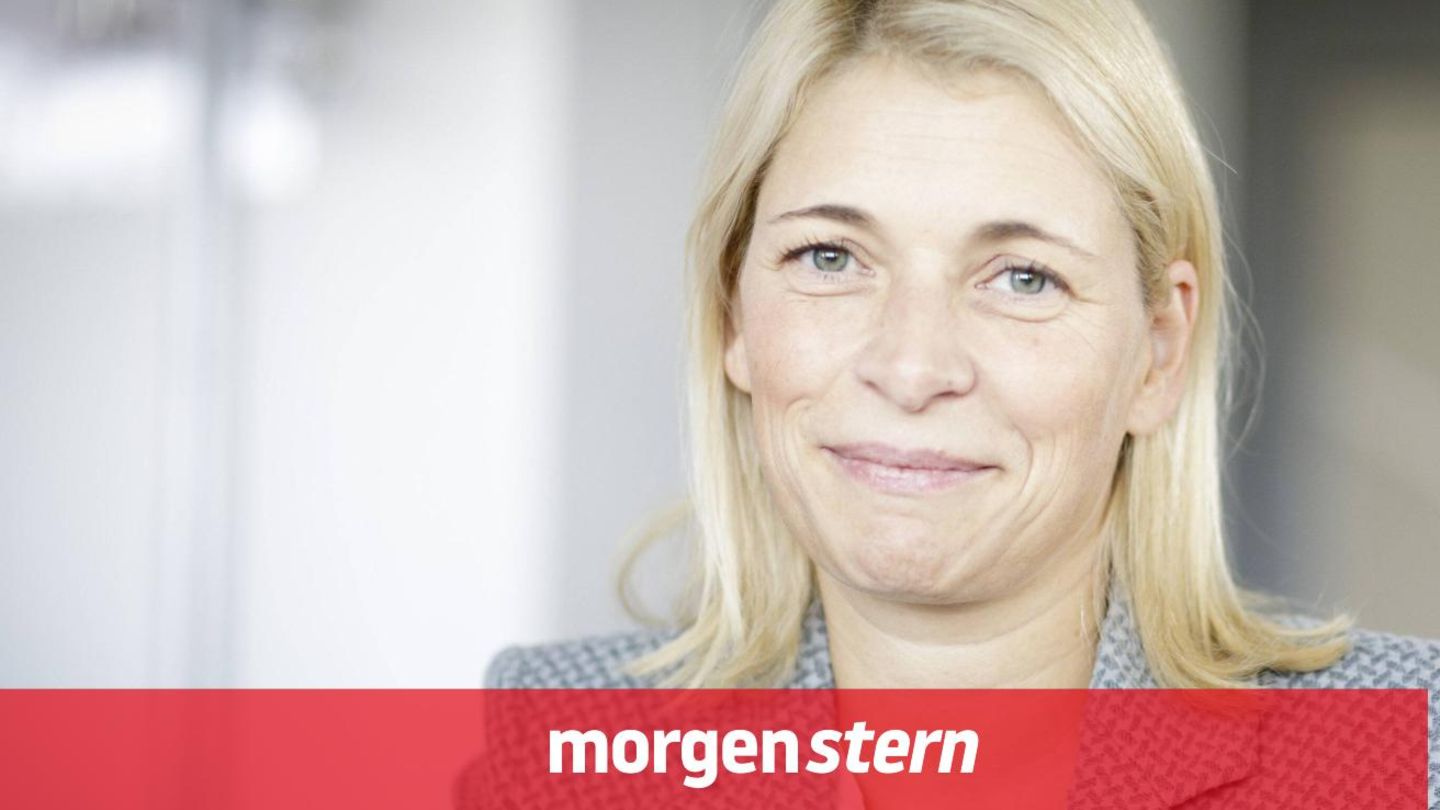The Actions Stocks around the world fell again in the early hours of Tuesday due to the uncertainty that remains among investors despite the confident statements of the United States Federal Reserve (Fed) regarding the reduction in inflation and interest rates, which helped calm the agitated nerves of the markets.
The 10% rebound of the Nikkei (N225) in Tokyo overnight sparked an initial sense of relief after the index’s 12.4% drop on Monday, its biggest daily sell-off since the crash of Black Monday from1987.
The European markets opened more firmly, while futures on the US stocks were pointing to a modest rise at the opening bell later in the day. But those gains proved fleeting, leaving the pan-European STOXX 600 index (STOXX) down 0.3% on the day and most major indexes in the red by mid-morning in the region.
The futures of the S&P 500 (SPX) rose just 0.3%, having previously risen as much as 1.7%; while futures of the Nasdaq (IXIC) rose 0.2%, having gained as much as 2.4%. The day before, the former lost 3%, while the latter plunged 3.43%, extending a recent sell-off as fears of a Possible recession in the United States scared global markets.
The yields of the Treasury bond At 10 years they returned to 3.84%, after having reached a level as low as 3.667% at one point.
“If you wake up in the morning and discover that Japan “If the price of electricity has fallen by 10 to 12 percent, it will scare the sanest person in the world, so it’s understandable that people are fleeing,” he told the agency. Reuters Chris Beauchamp, Chief Market Strategist IG “On the other hand, I think people got a bit carried away yesterday and it always seems very dramatic at that time,” he added: “It’s normal to see weakness at this time of year. The question is: was it enough to reset the markets or will there be more?”
Fed officials tried to reassure markets and the president of the bank of San Francisco, Mary Daly, He said it was “extremely important” to prevent the working market fell into a slowdown. Daly said she was willing to cut back on rates of interest as needed and that the policy should be proactive.
Movements in the foreign exchange market
The change of direction was also evident in the foreign exchange market. He dollar rose just 0.3% against the Japanese yen to 144.62, after hitting a high of 146.36 overnight. It fell 1.5% on Monday to 141.675.
He and in has soared in recent sessions as investors were forced out of trading carry trade, where they borrowed yen at low rates to buy higher-yielding assets.
The dollar also pared gains against the safe-haven Swiss franc, up 0.3% at 0.8544 francs, while sterling, which often benefits from investors’ risk appetite, fell 0.6% to $1.27005.
Treasury bond yields rose, partly in response to a surge in the ISM services index U.S. average of 51.4 in July, but in line with the change in other markets on Tuesday.
Market expectations that the Fed The Fed’s plans to cut 50 basis points at its September meeting remained unchanged, with futures implying a 71% chance of such a massive move. The market has priced in around 100 basis points of easing this year and a similar amount by 2025.
As for the precious metalshe gold rebounded 0.3%, entering positive territory after a 1.5% drop the previous day. It was last trading at $2,461 an ounce.
The prices of the Petroleum fell, paring back earlier gains due to growing concerns of a wider conflict in the Middle East after news that several US personnel were injured in an attack on a military base in Iraq.
Crude oil futures Brent held steady at $76.33 a barrel, after hitting a seven-month low of $75.05 the previous day.
The dollar in Uruguay rose despite the global crash
Meanwhile, in Uruguay the dollar rose 0.43% compared to Friday, closing at 40.631 pesos, according to the official exchange rate. Central Bank of Uruguay (BCU), thus chaining its third consecutive day of increases and entering fully into the 40 pesos range.
The greenback opened the week on the rise amid the global market crash and has accumulated a monthly variation of 0.89% and an annual variation of 4.12%, due to the fact that its interbank rate is 1.61 pesos higher than that registered after the close of the last exchange day of last year.
Source: Ambito




